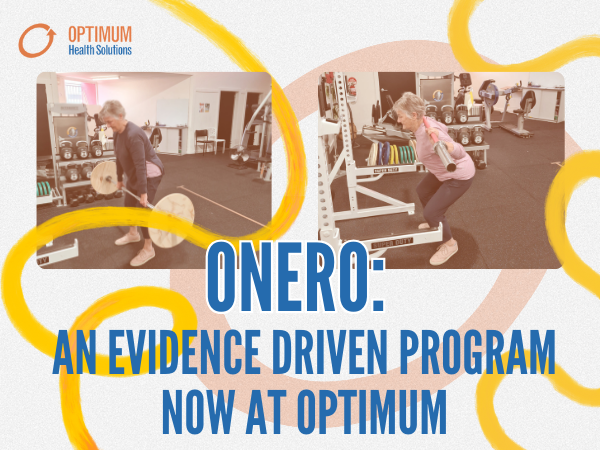The key to any diet always starts with eating a diet high in natural unprocessed foods. Your diet needs to be made up of eating fresh fruit and vegetables and of eating lean meats. Eating clean is the basis to getting results, however I also know that busy lifestyles can mean we sometimes fall back on pre-packaged foods. These products make up the majority of foods available in our supermarkets. I want to make sure that you learn to do one thing, learn to read the nutritional label on the back not the marketing on the front package.
Every product has an option to choose from that says “low in fat” or “low in sugar” etc. But what does this really mean? The key to knowing what you are eating is to learn to read the nutritional label. Developing your label reading skills can help you see the truth behind the often colourful and distracting marketing used to sell processed foods.
Understanding how to navigate nutritional labels will help you identify healthy food choices that are:
- Lower in Total Fat
- Lower in Sodium (Salt)
- Higher in Dietary Fibre
- Lower in Added Sugar
- Lower in Saturated Fat
Energy
Per serve or per 100g? When comparing different items use the 100g column. When you want to calculate how much energy you will actually consume use the per serve column. Be careful to understand how much a serve is and how much you are actually consuming.
Total Fat
Fat is the most energy dense of the macronutrients so it makes sense to be aware of excess fat in your diet. Generally choose foods with less than 10g per 100g of food. For Milk and Yoghurt choose foods with less that 2g per 100g. For Cheese choose products with less than 15g per 100g.
Saturated Fat
Aiming for less than 3g per 100g is best.
Dietary Fibre…
…Has many health benefits including; assisting with weigh management, appetite control, lowering cholesterol, diabetes management and keeping the digestive system healthy. Choose breads and cereals with 3g or more per serve.
Added Sugar…
…in foods should be avoided. Aim for less than 15g per 100g of food. Read the diagram to see the other names for added sugar.
Sodium (Salt)…
…is closely linked to Heart disease and reducing the amount in your diet can go a long way to preventing many chronic diseases. Make it your rule to choose lower sodium products. Less than 120mg per 100g is best. Read the diagram to see the other names for salt in the ingredient list.
In conclusion, I will always tell you to avoid processed foods when at all possible, however the key to knowing what you actually are eating when this unavoidable is to know how to read nutritional labels. If you would like more information on how to really understand labels please do not hesitate to book in for a session to see me at any of our Optimum studios.








